Circuit Symbols Worksheet
Do you find it challenging to decode circuit symbols and understand their meanings? Look no further! This blog post is designed specifically for those seeking a comprehensive and informative worksheet on circuit symbols. Whether you are a student studying electronics or an enthusiast looking to expand your knowledge, this worksheet will provide you with the essential tools to grasp the different symbols used in circuit diagrams and improve your overall understanding.
Table of Images 👆
- Electronic Circuit Components Symbols
- Heat Conductors and Insulators Worksheet
- Electrical Circuit Symbols
- Electrical Symbols Sheet
- Electrical Symbols Worksheet
- Charging by Contact
- Ohms Law Worksheet Answers
- Electricity and Circuits Worksheets
- Electricity Worksheets 5th Grade
- Simple Circuit Diagram Power
- Common Electrical Symbols
More Other Worksheets
Kindergarten Worksheet My RoomSpanish Verb Worksheets
Cooking Vocabulary Worksheet
DNA Code Worksheet
Meiosis Worksheet Answer Key
Art Handouts and Worksheets
7 Elements of Art Worksheets
All Amendment Worksheet
Symmetry Art Worksheets
Daily Meal Planning Worksheet
What does the resistor circuit symbol represent?
The resistor circuit symbol represents a component that limits or controls the flow of electrical current in a circuit. Resistor helps to reduce the current passing through a circuit, thereby providing the desired level of resistance to regulate the flow of electricity and ensure the proper functioning of the circuit.
What does the battery circuit symbol represent?
The battery circuit symbol represents a power source in a circuit diagram. It consists of one long and one short line parallel to each other. The long line represents the positive terminal and the short line represents the negative terminal of the battery. This symbol is used to indicate the presence of a battery or power supply in an electrical circuit.
What does the switch circuit symbol represent?
The switch circuit symbol represents a device that allows or interrupts the flow of electric current in a circuit. It is used to control the flow of electricity by opening or closing the circuit when needed, thereby controlling the operation of various electrical devices within the circuit.
What does the LED circuit symbol represent?
The LED circuit symbol represents a Light Emitting Diode. It indicates an electronic component that emits light when an electric current passes through it.
What does the capacitor circuit symbol represent?
The capacitor circuit symbol represents an electrical component that stores and releases electrical energy in a circuit. It consists of two parallel lines with a gap between them, symbolizing the two plates of the capacitor with an insulating material (dielectric) between them.
What does the diode circuit symbol represent?
The diode circuit symbol represents a device that allows current to flow in one direction only. It consists of a triangle with a line at one end, indicating the direction of current flow from the anode (pointed end) to the cathode (line end). Diodes are commonly used in electronic circuits to control the direction of current flow and to prevent damage from reverse voltage.
What does the transistor circuit symbol represent?
The transistor circuit symbol represents a semiconductor device that can amplify or switch electronic signals. It consists of three layers of semiconductor material that can control the flow of current between two of its layers. The symbol typically includes an arrow that indicates the direction of the current flow. It is a fundamental component in electronic circuits for a wide range of applications, such as amplifiers, oscillators, and digital logic circuits.
What does the inductor circuit symbol represent?
The inductor circuit symbol represents a passive electronic component that stores energy in the form of a magnetic field when current flows through it. It is a coil of wire usually wound around a core and is used in electronic circuits to control or filter electrical signals, as well as to store and release energy.
What does the transformer circuit symbol represent?
The transformer circuit symbol represents a device that can transfer electrical energy between two or more circuits through electromagnetic induction. It consists of two coils, known as primary and secondary coils, which are linked by a magnetic core. The primary coil receives electrical energy, which creates a changing magnetic field that induces a voltage in the secondary coil, allowing for energy transfer and voltage transformation between the circuits.
What does the ground circuit symbol represent?
The ground circuit symbol represents a connection point within an electrical circuit that is connected to the ground or Earth. This symbol is used in circuit diagrams to show where the grounding connection should be made to ensure electrical safety and proper functioning of the circuit by providing a reference point for voltage and current flow.
Have something to share?
Who is Worksheeto?
At Worksheeto, we are committed to delivering an extensive and varied portfolio of superior quality worksheets, designed to address the educational demands of students, educators, and parents.

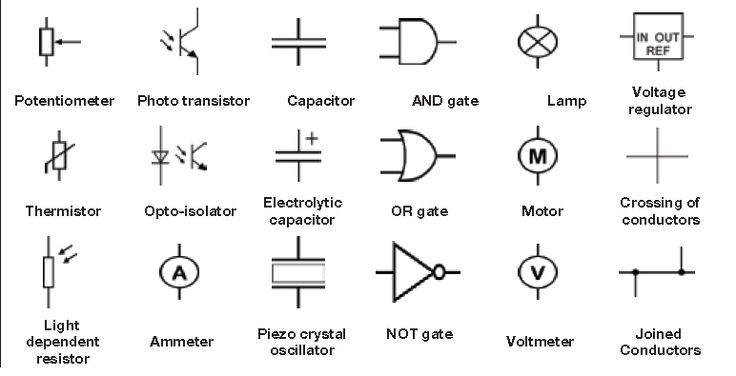



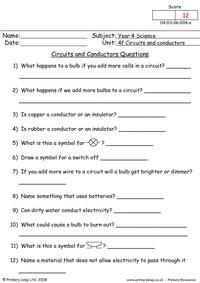
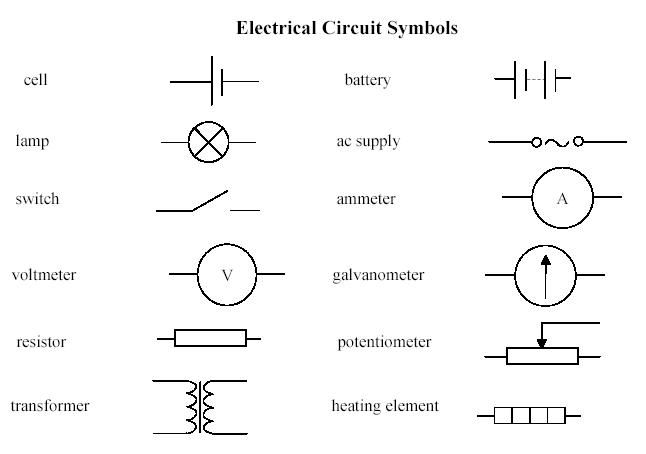
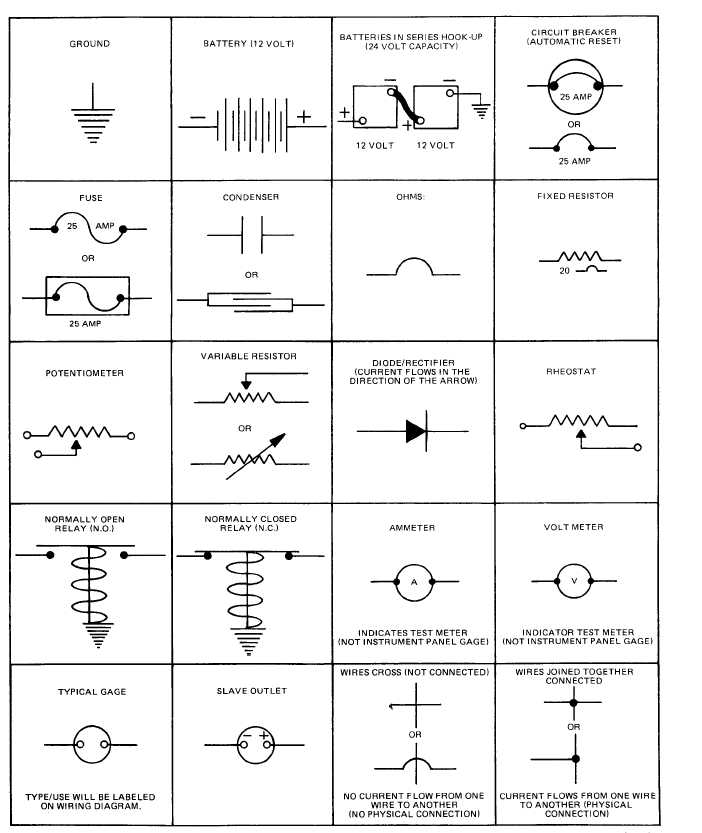
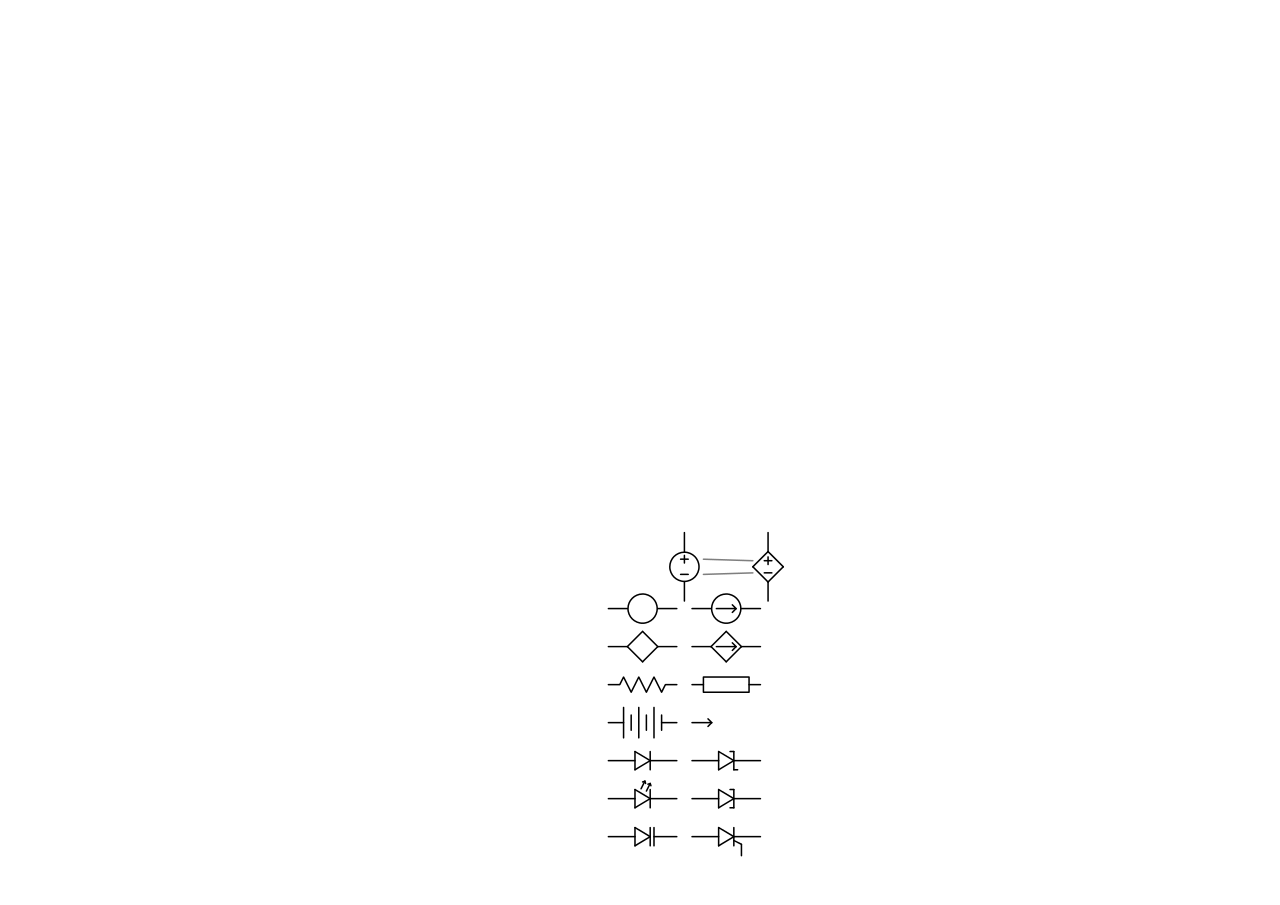

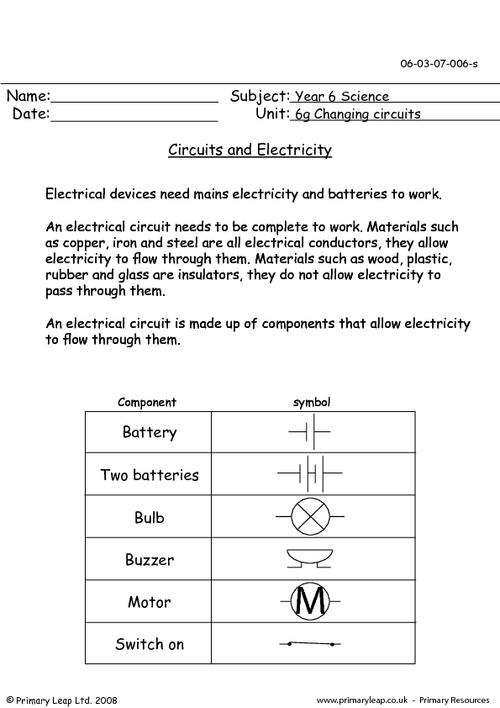
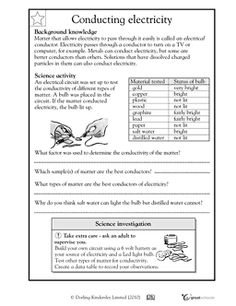

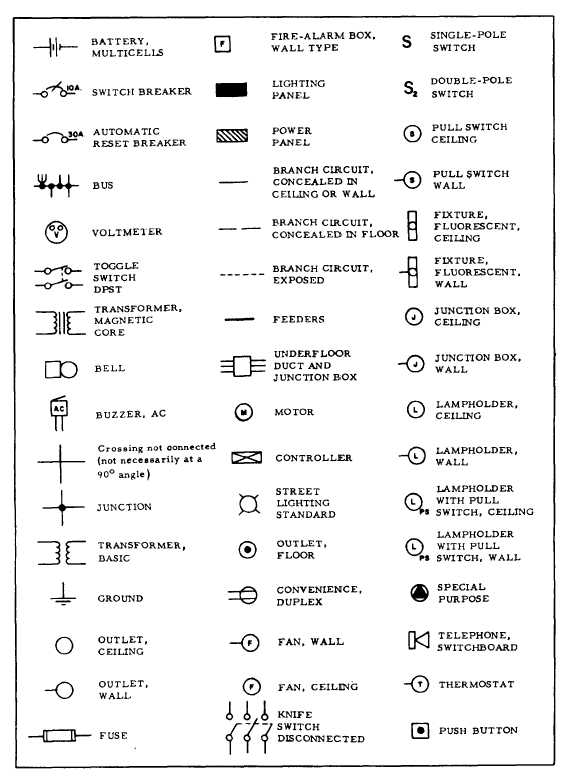














Comments